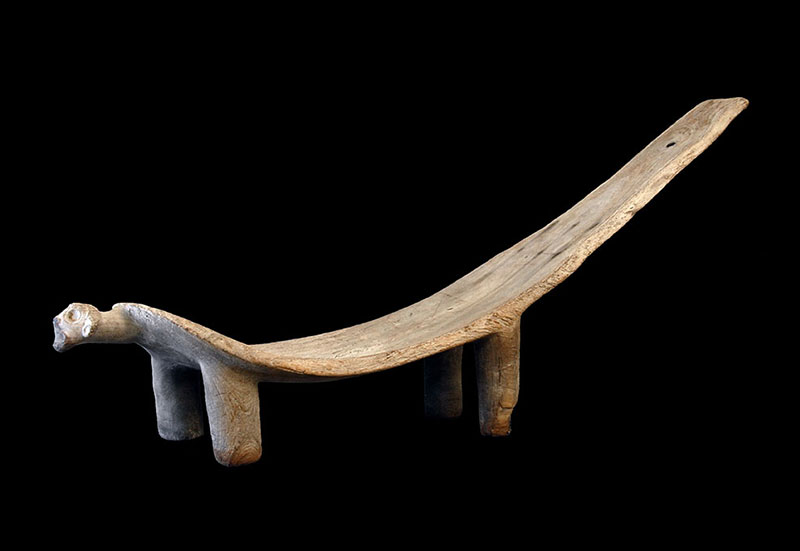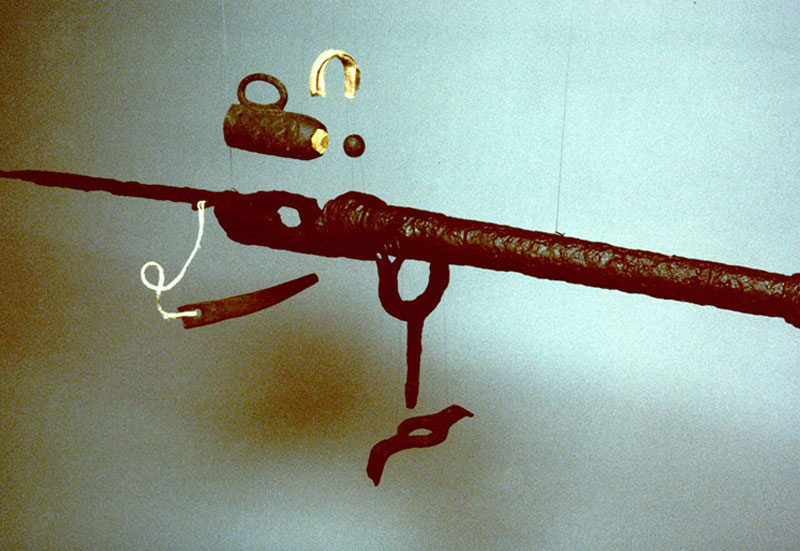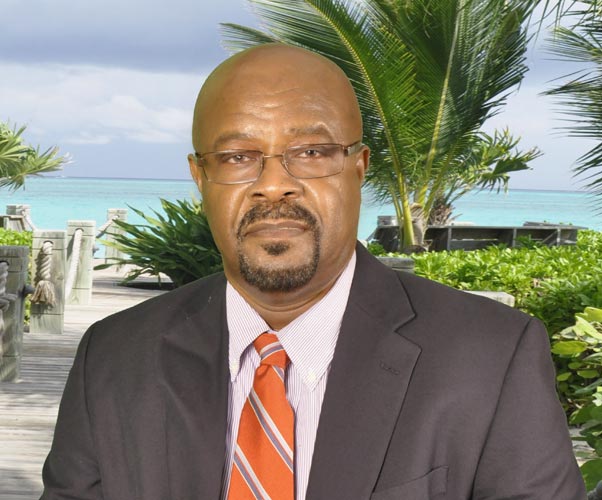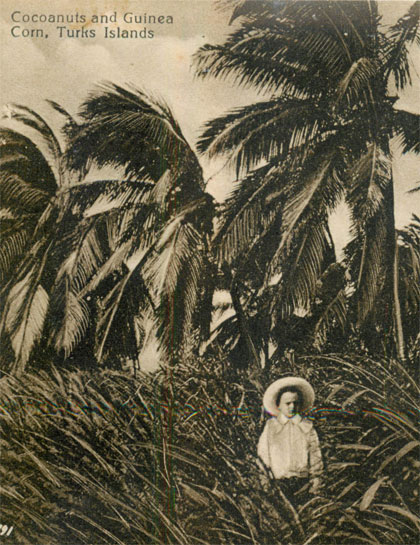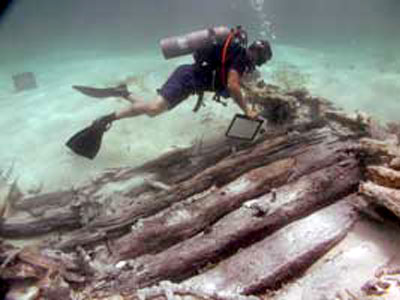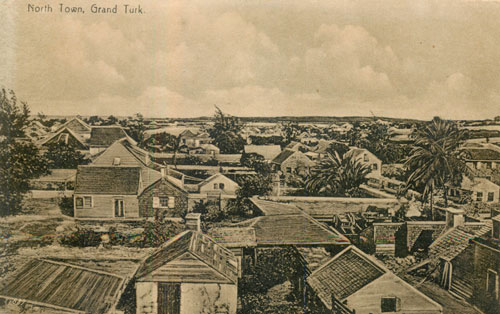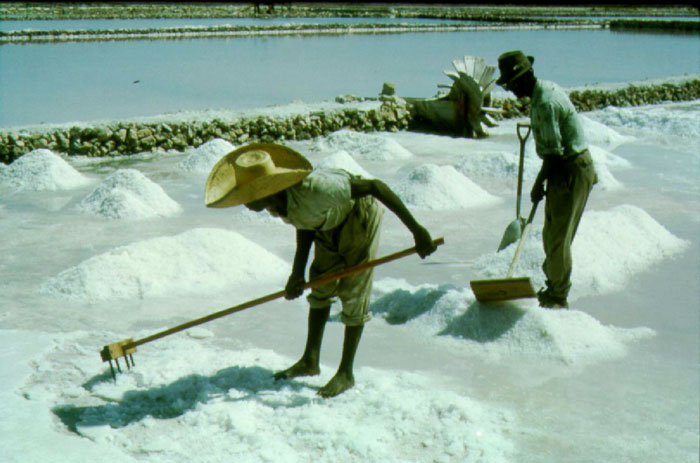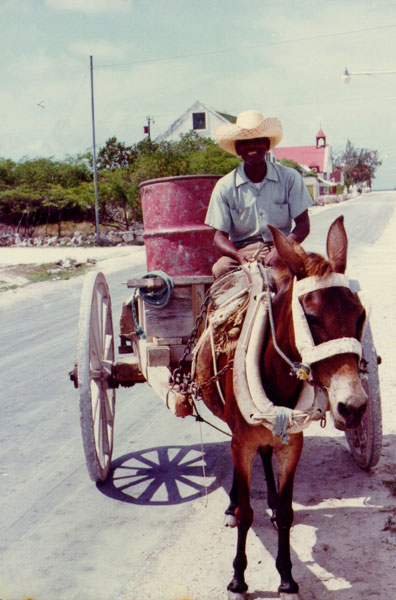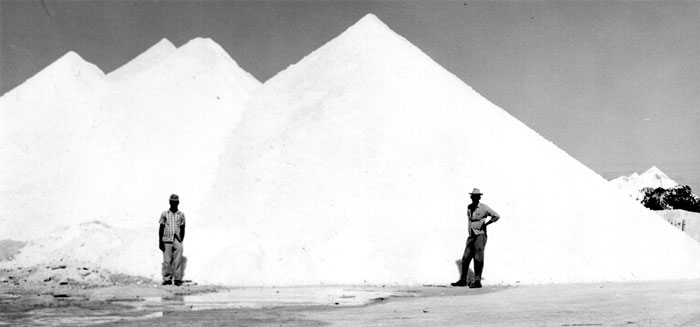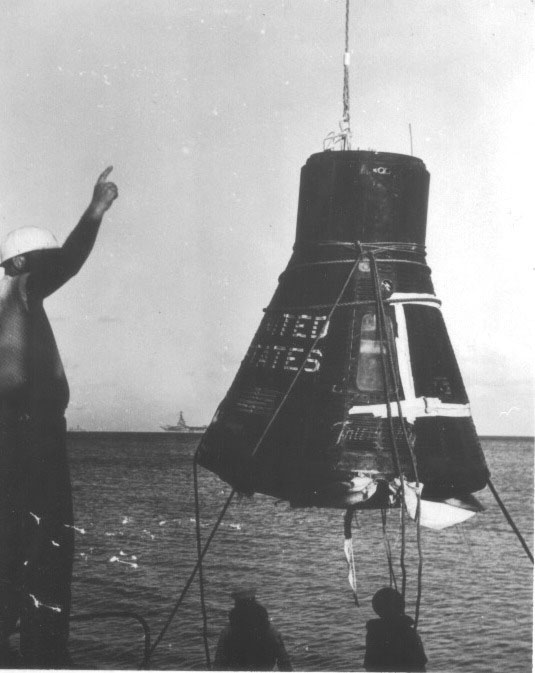A Windows into the Past
The word history grows from the same root as story.
History is our story.
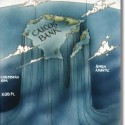 Natural history is the story of the environment and all that is in it. In the Turks & Caicos Islands, our natural history is intimately connected, in all its aspects, to the sea. The Natural History Gallery covers the development of the geology, plant and animal life.
Natural history is the story of the environment and all that is in it. In the Turks & Caicos Islands, our natural history is intimately connected, in all its aspects, to the sea. The Natural History Gallery covers the development of the geology, plant and animal life.
Pre-history is the story of the time before the written word. In the Turks & Caicos, pre-history refers to the era before Columbus brought Europeans and writing to the Americas. We access these stories of pre-history through archaeology. This pre history is the time of the Lucayans.

The Turks & Caicos historic period begins with European contact sometime in the 1490s. The Molasses Reef shipwreck exhibit dates to this early period of our history. Some suggest that Ponce de Leon was the first to record these Islands when he passed this way in 1512, while others believe that earlier records may include this area.
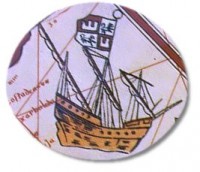 History is those stories gleaned from the words written by our ancestors: in diaries, letters, reports, wills, lawsuits, expense accounts, ordinances and laws, books, religious instructions. The Museum is collecting a wide range of information to help us understand this period of history. Maps can be found that include the Caicos Islands as early as 1530. Written text does not become extensive until the British declare ownership of the Islands. After this date records were kept in duplicate or triplicate files and can be found in various archives around the world.
History is those stories gleaned from the words written by our ancestors: in diaries, letters, reports, wills, lawsuits, expense accounts, ordinances and laws, books, religious instructions. The Museum is collecting a wide range of information to help us understand this period of history. Maps can be found that include the Caicos Islands as early as 1530. Written text does not become extensive until the British declare ownership of the Islands. After this date records were kept in duplicate or triplicate files and can be found in various archives around the world.
For most of these records following 1764 there are copies held in the Public Record Office in England. Copy files are held in the Bahamas (1767-1848 and 1962-1969) and in Jamaica (1873-1962).
The Museum is having many of these files held overseas copied onto microfilm so that they are accessible in the Turks and Caicos.
Some say if you do not know your past you are destined to make the same mistakes. The Museum sees history as the keystone for much of its work and development



